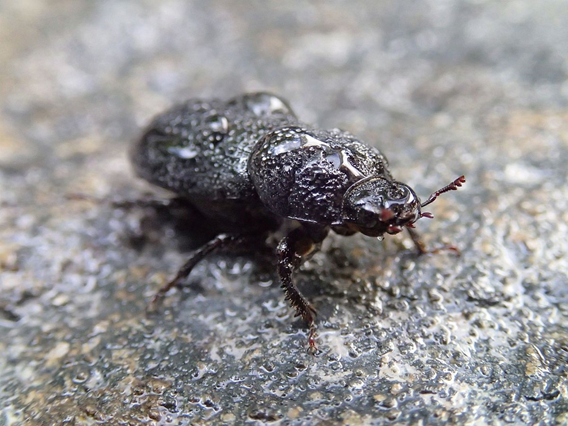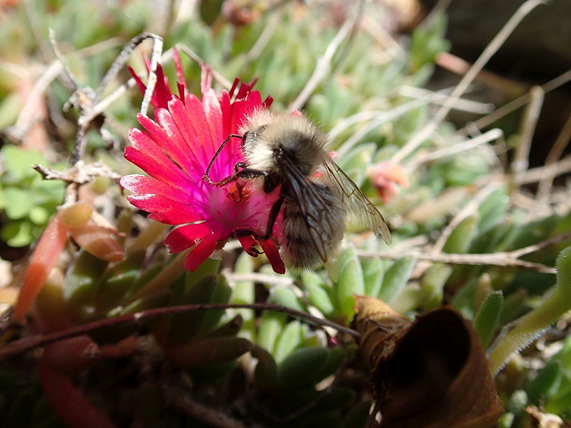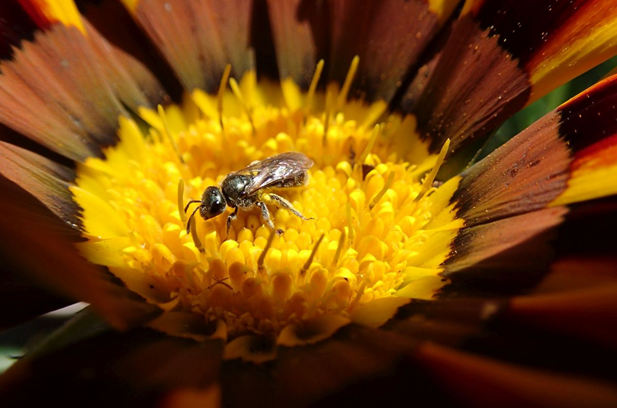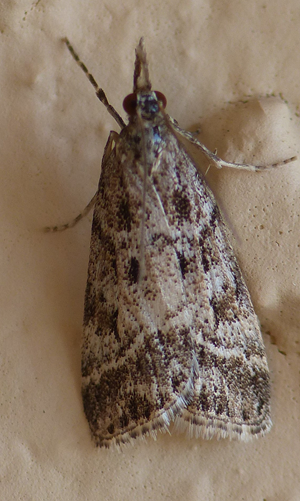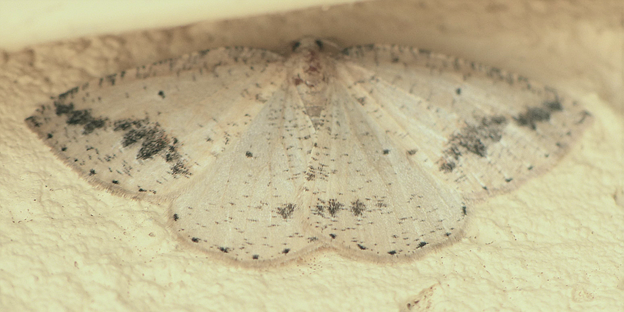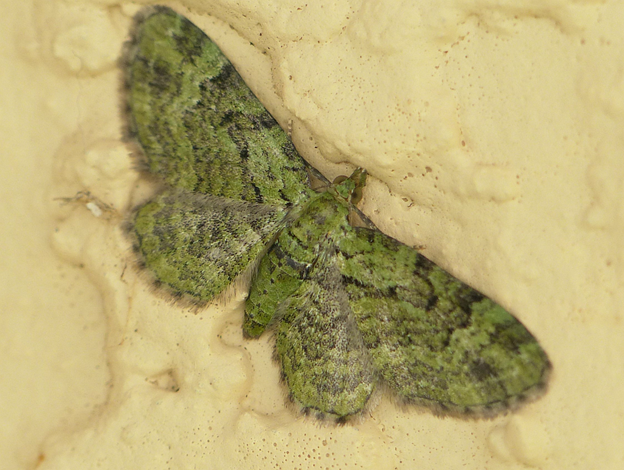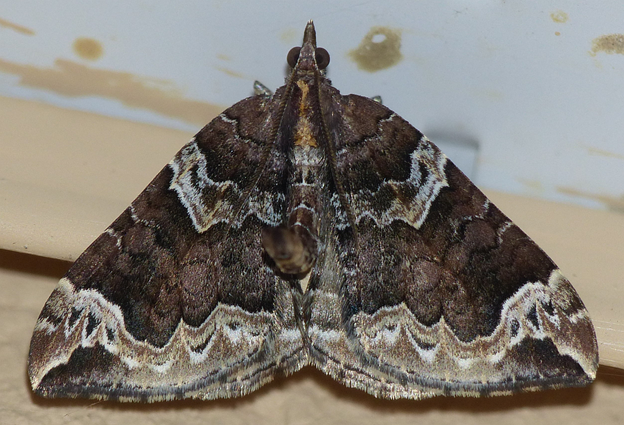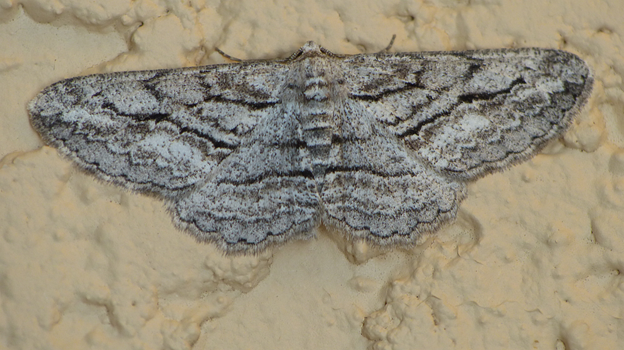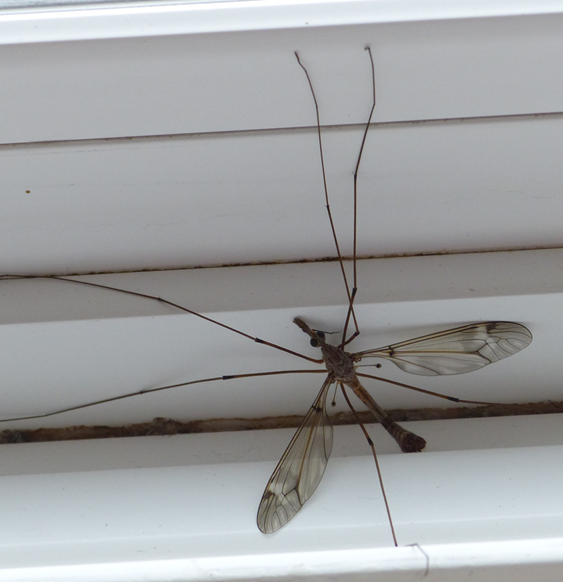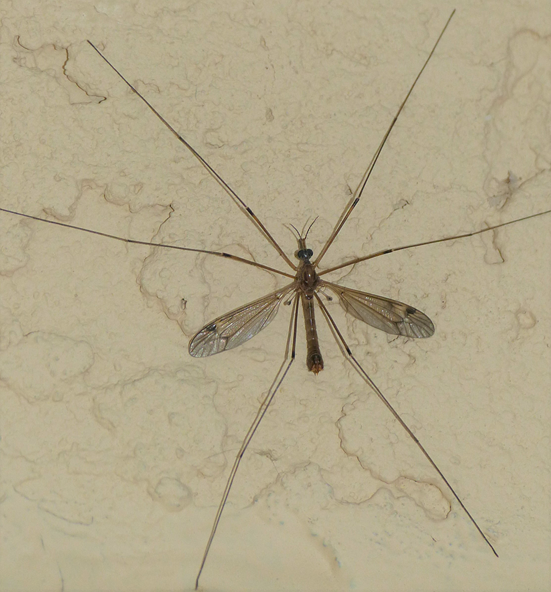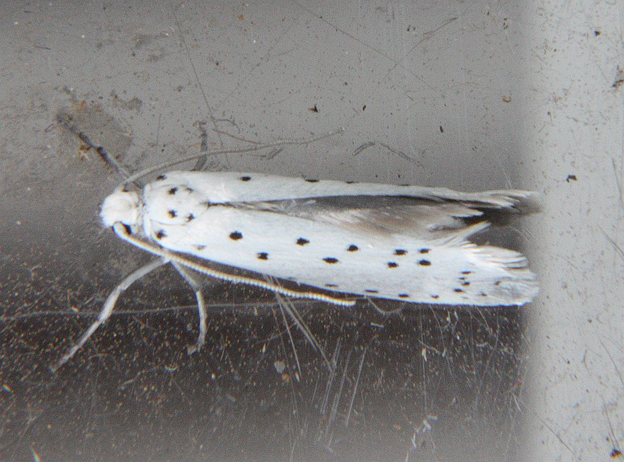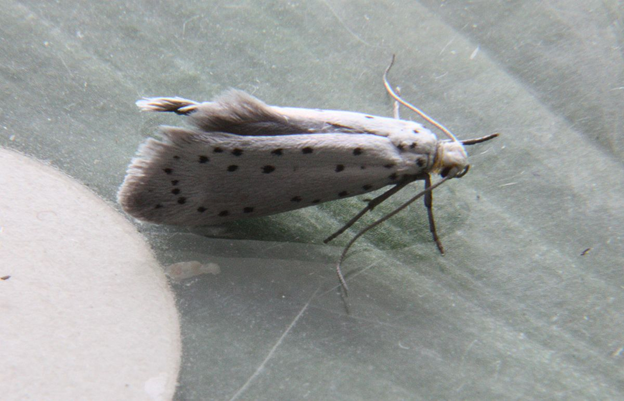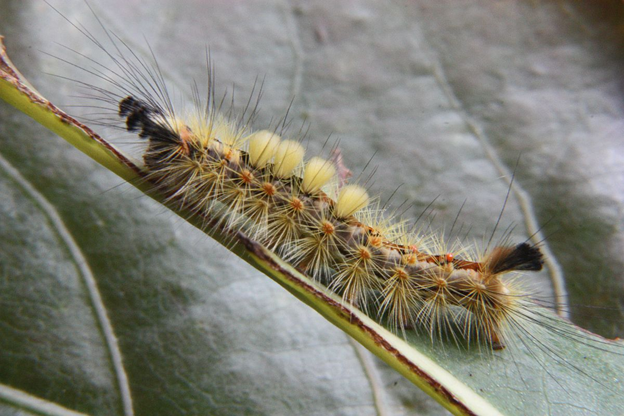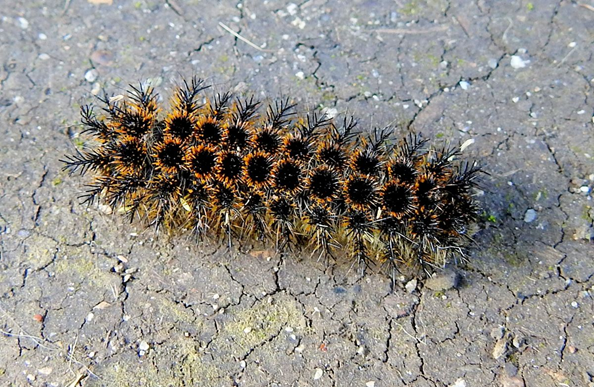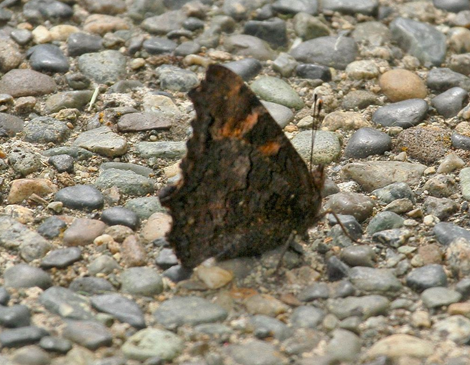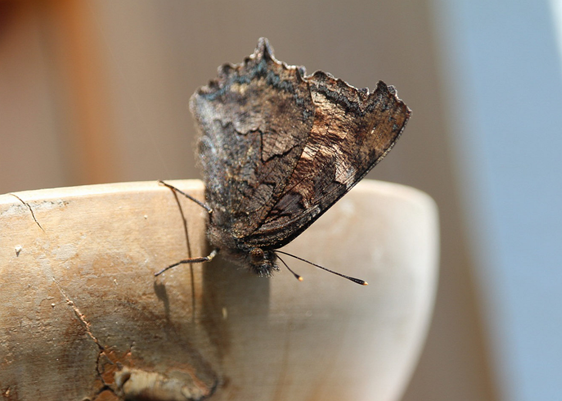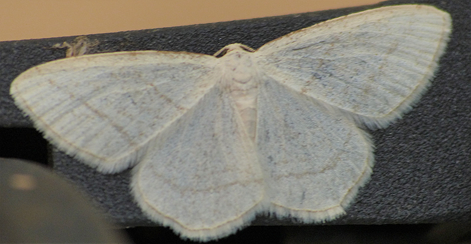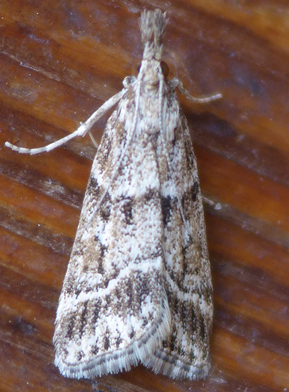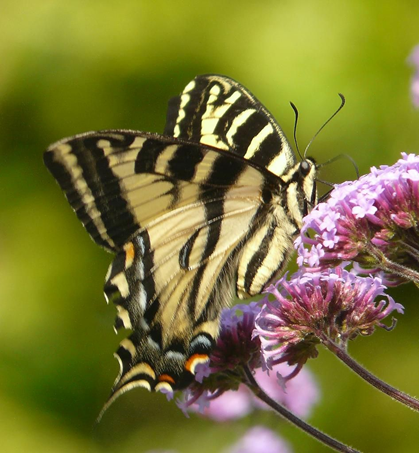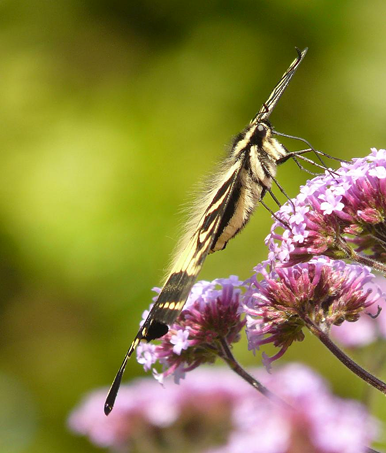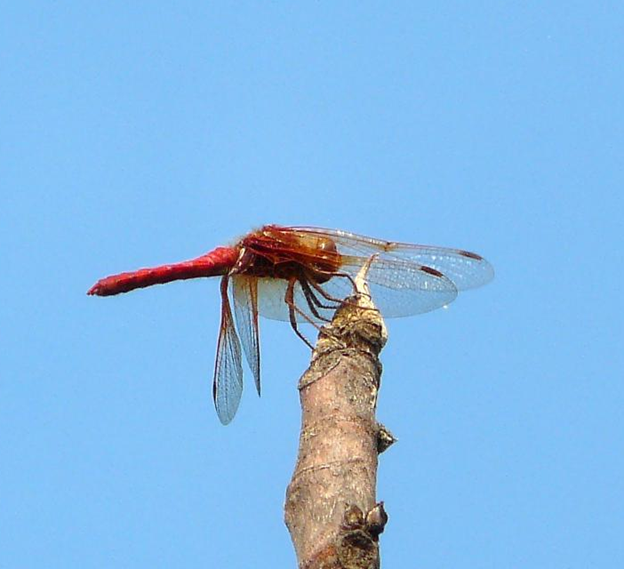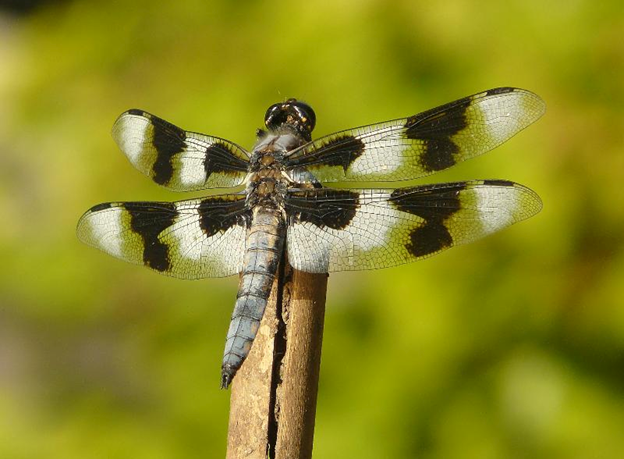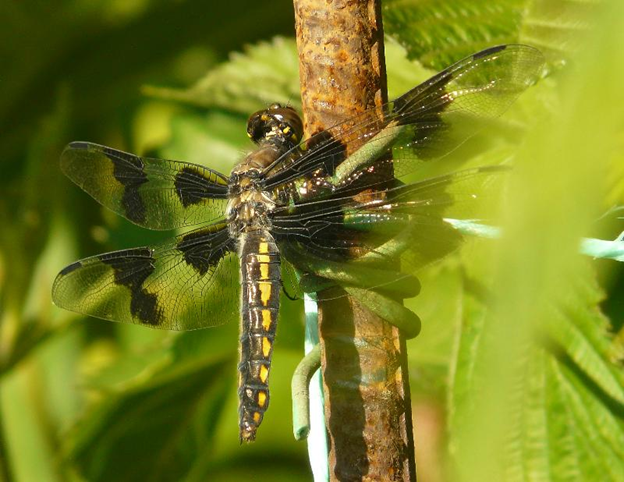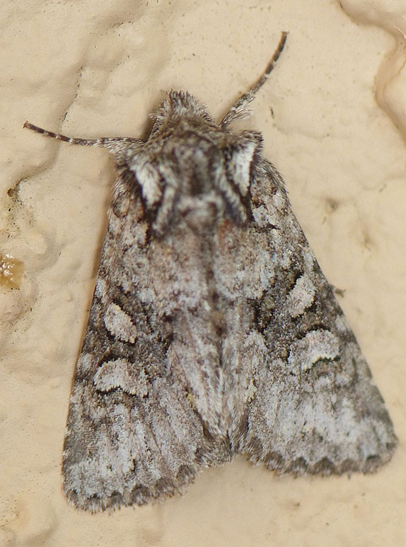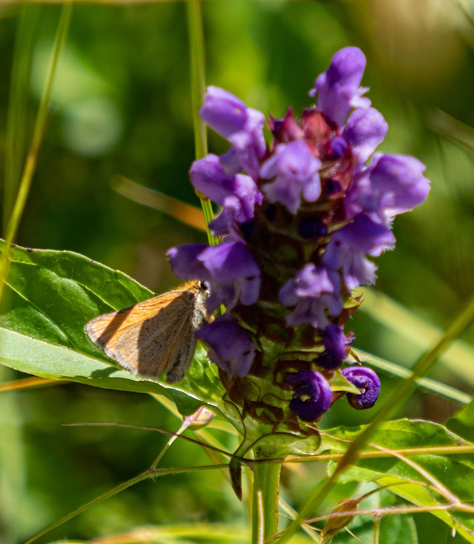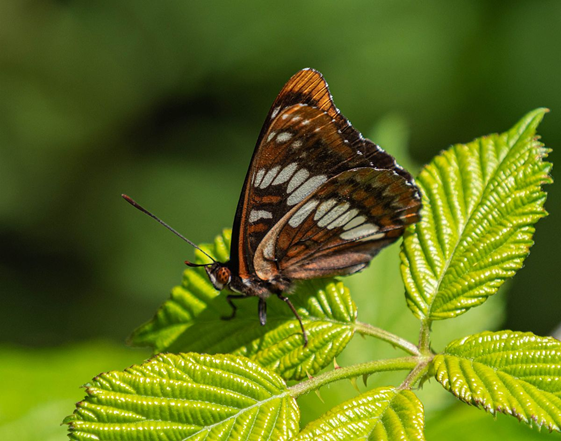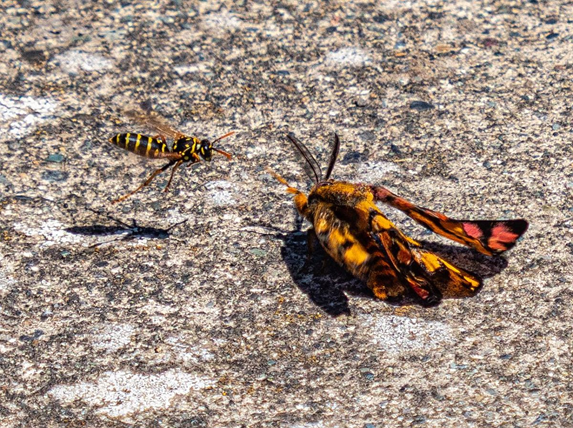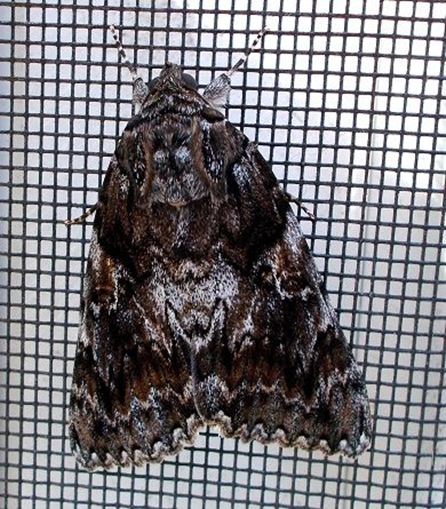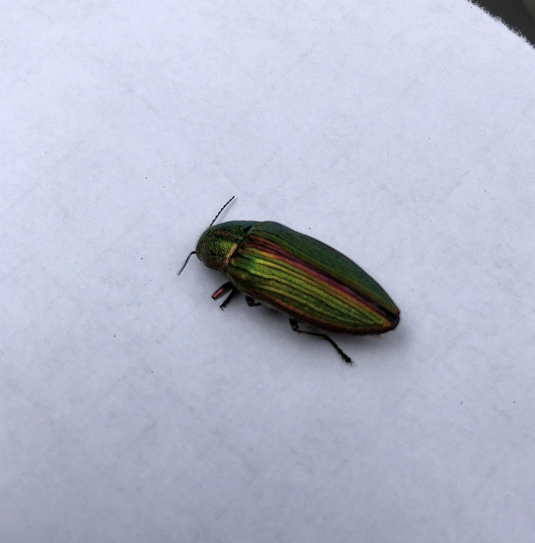2020 July 9
Jody Wells sends a photograph of a tick from near the airport. The Order Ixodida (ticks) has three Families, and Dr Heather Proctor tells us that this one is in the Family Ixodidae – which is where, I think, we’ll have to leave it. The other organism, which you might spot in the photograph, is a vertebrate, an Eastern Cottontail.

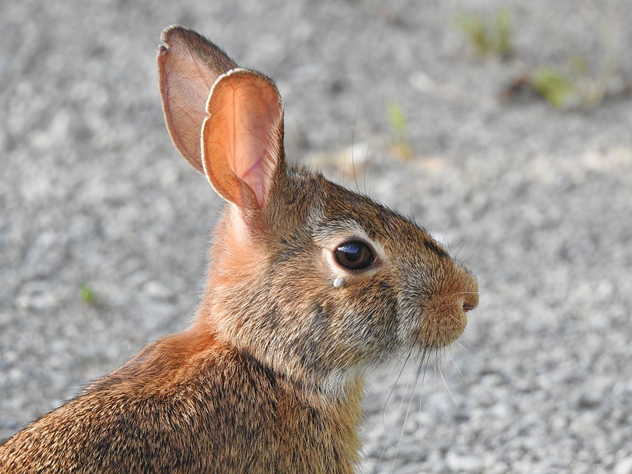
Tick (Ixodida: Ixodidae) and
Eastern Cottontail Sylvilagus floridanus (Lagomorpha: Leporidae)
Jody Wells
Don Nathan writes: I saw this in my garden (Agnes Street Community Gardens) three days ago. We are grateful to Norman Gems (via Annie Pang) for identifying this as an immature form of the Carolina Grasshopper, whose rather different-looking adult form is more familiar in late summer.

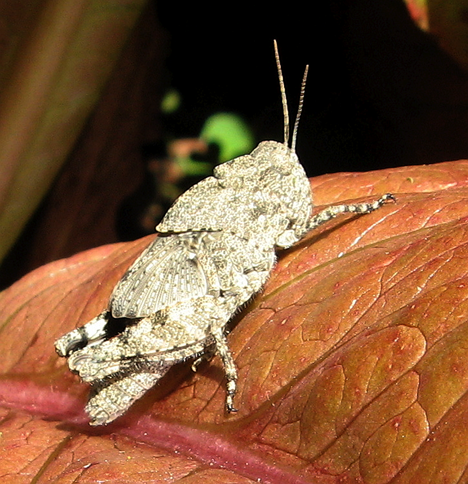
Carolina Grasshopper Dissosteira carolina (Orth.: Acrididae) Don Nathan
Here’s a female Western Pondhawk photographed by Barbara Dashwood in her garden in the Gorge area.

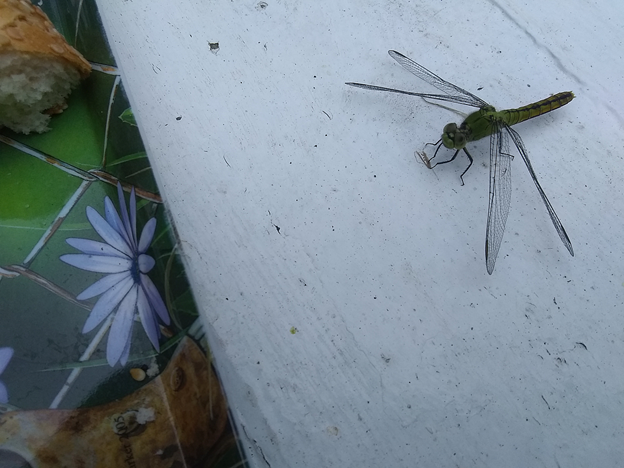
Female Western Pondhawk Erythemis collocata (Odo.: Libellulidae) Barbara Dashwood
Rosemary Jorna photographed a Bumble Bee in the Kemp Lake area yesterday, dutifully photographing it from several angles. Annie Pang writes: I have ruled out B. fervidus because they have black heads and so I do think it is a male B. flavifrons, Yellow Head Bumble Bee, and I will tell you why I think so. There is no orange band on the abdomen which would indicate a female, and it has a rounded bottom (females have pointy ones with stingers) and no pollen sacs (females pollinate) on hind legs. But that is the best I can do, and I still could be wrong. I just posted the pictures Rosemary took, on Bumble Bees of North America Facebook page. We have some good bee people running it so I am hoping to get a confirm or correct on my ID. I’d forgotten I was a member! My compliments to the photographer though. She did well.
So, we’ll see if Annie gets a response, and thank her for her efforts.
ADDED LATER: Confirmed! It’s a male Bombus flavifrons. Well done, Rosemary! Well done, Annie!

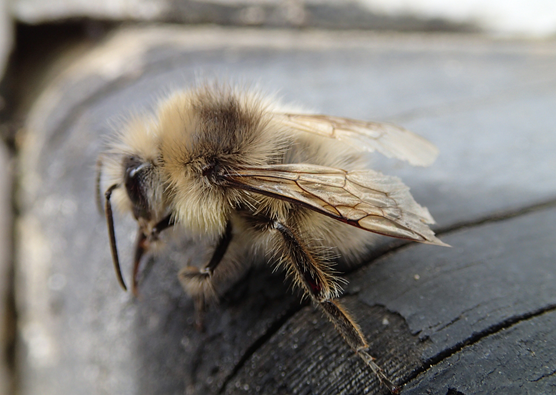
Bumble Bee, Bombus flavifrons (Hym.: Apidae) Rosemary Jorna

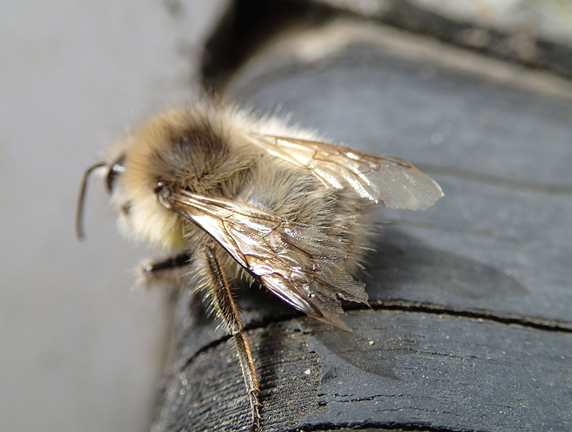
Bumble Bee, Bombus flavifrons (Hym.: Apidae) Rosemary Jorna

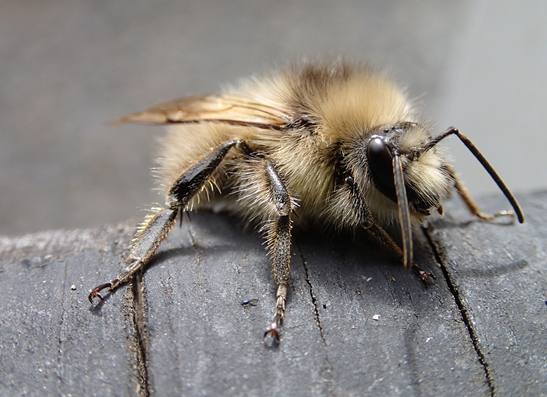
Bumble Bee, Bombus flavifrons (Hym.: Apidae) Rosemary Jorna

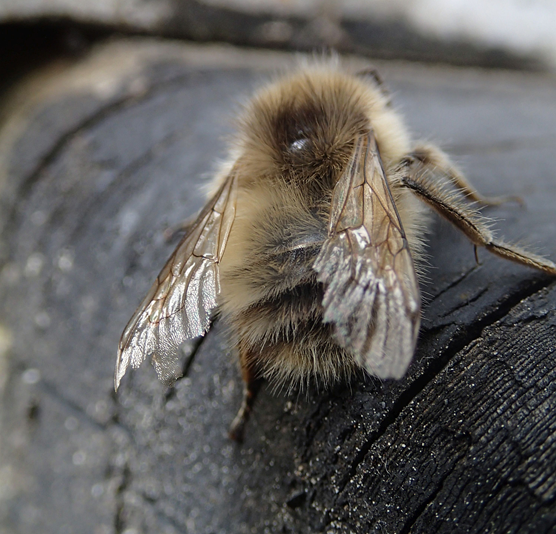
Bumble Bee, Bombus flavifrons (Hym.: Apidae) Rosemary Jorna
Jochen Möhr sends photographs of Cinnabar Moth caterpillars on Ragwort on Matheson Lake Road.

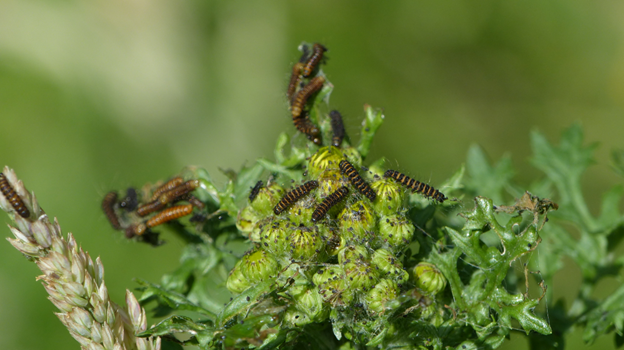
Cinnabar Moth Tyria jacobaeae (Lep.: Erebidae – Arctiinae) Jochen Möhr

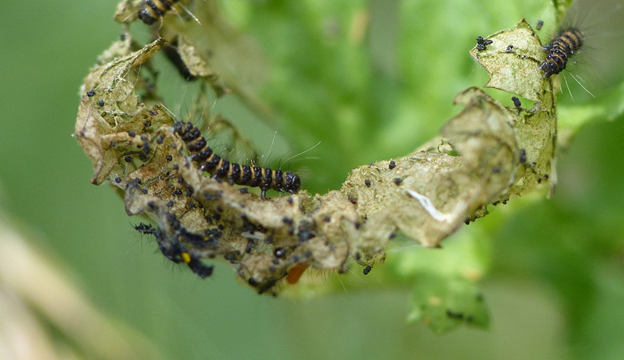
Cinnabar Moth Tyria jacobaeae (Lep.: Erebidae – Arctiinae) Jochen Möhr

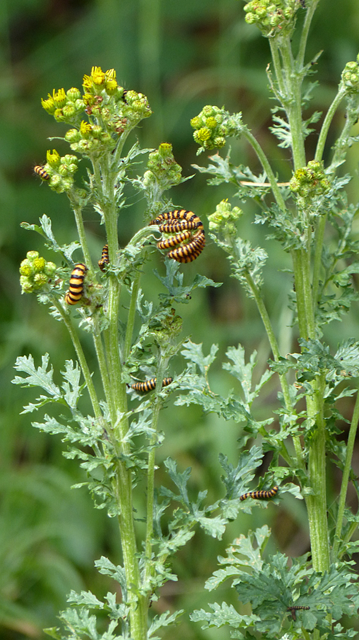
Cinnabar Moth Tyria jacobaeae (Lep.: Erebidae – Arctiinae) Jochen Möhr
Jochen’s moths from Metchosin this morning:
2 Callizzia amorata
1 Drepana arcuata
1 Lacinipolia strigicollis

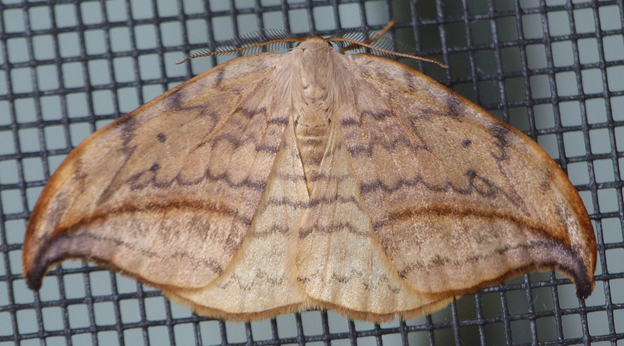
Drepana arcuata (Lep.: Drepanidae – Drepaninae) Jochen Möhr

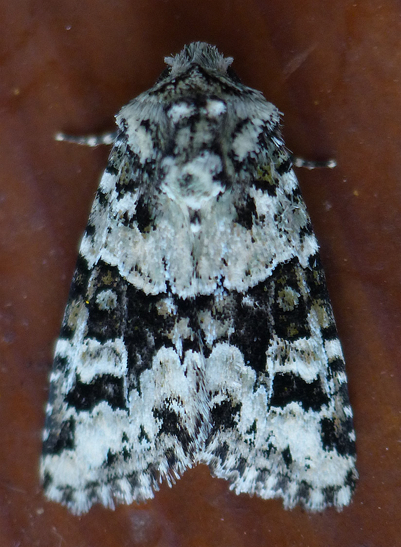
Lacinipolia strigicollis (Lep.: Noctuidae) Jochen Möhr

